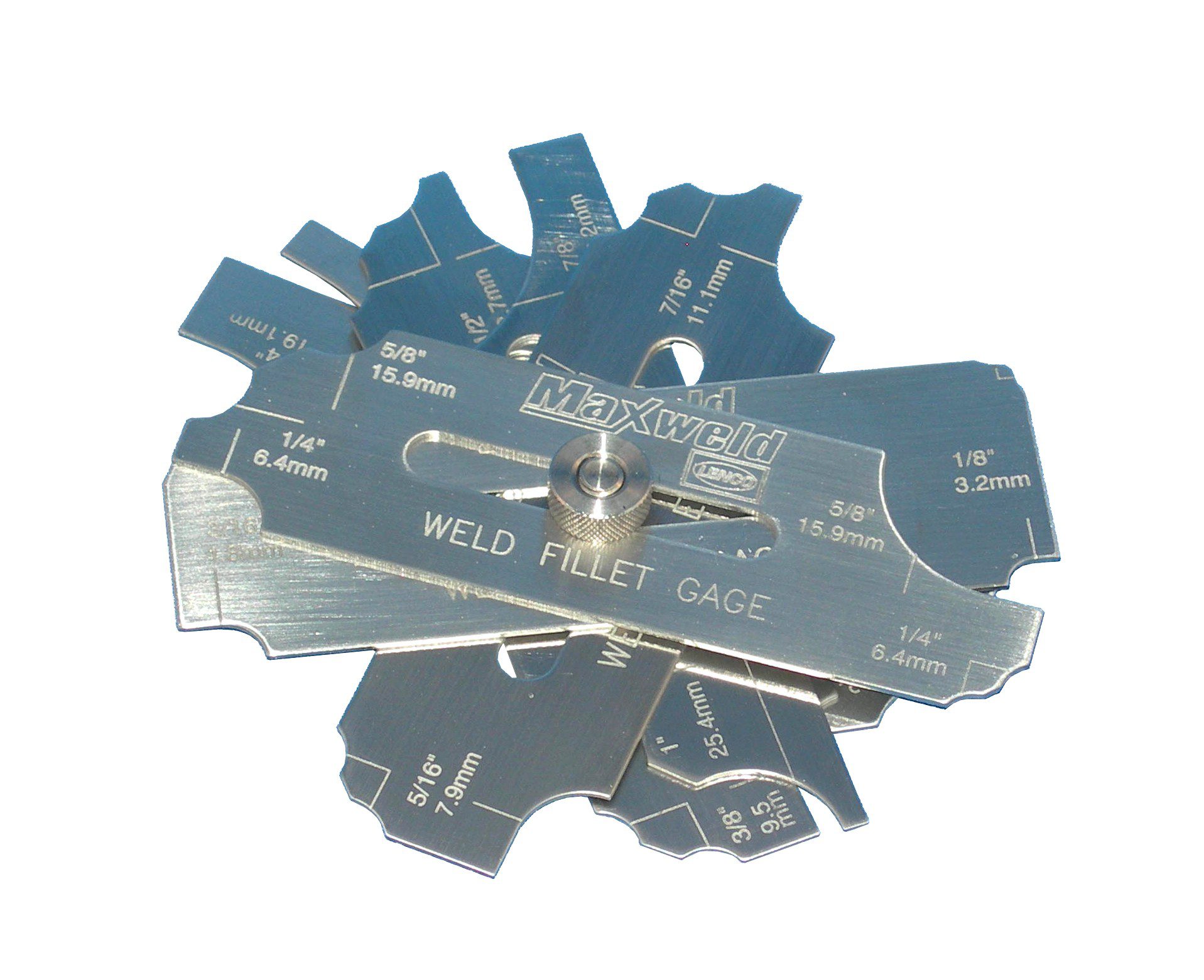The Ultimate Overview to Fillet Weld Quality Assurance: Making Sure Toughness and Sturdiness in Your Welded Joints
In the realm of welding, making certain the stamina and sturdiness of fillet welds is extremely important for the stability of welded joints. As we get started on this exploration of fillet weld high quality control, we will uncover vital variables that affect weld stamina, delve right into reliable examination approaches, and go over techniques for preventing typical weld defects.
Importance of Fillet Weld Top Quality Control
Guaranteeing appropriate fillet weld quality assurance is vital in assuring the structural honesty and long life of welded parts in numerous markets. Fillet welds are frequently utilized in structural steelwork, bridges, pressure vessels, pipelines, and other critical framework where the strength of the weld is critical to general safety and performance. Quality assurance actions such as visual assessments, non-destructive screening, and adherence to welding procedures help recognize possible problems like lack of blend, incomplete penetration, undercutting, or excessive support.
Key Factors Impacting Weld Stamina
Accomplishing ideal weld stamina calls for careful consideration of various essential aspects that affect the integrity and durability of the welded joint. The initial crucial aspect is appropriate joint prep work, which entails cleansing the base metals to eliminate any contaminants that could damage the weld. Additionally, the fit-up of the joint is important to make sure proper penetration and fusion of the filler product.
The option of the appropriate welding technique and specifications additionally plays a significant duty in establishing weld stamina. Aspects such as warmth input, traveling rate, and electrode angle can impact the high quality of the weld. Keeping the right interpass temperature throughout multi-pass welding is important to prevent cracking and ensure a solid bond between the layers.
In addition, the choice of filler material and its compatibility with the base metals is essential for achieving high weld strength. Making use of filler material with the proper mechanical residential or commercial properties can improve the total integrity of the weld. Post-weld warmth therapy and appropriate evaluation techniques are necessary steps in making certain the toughness and sturdiness of the welded joint.
Assessment Techniques for Weld Stability

One find here more essential examination technique is fluid penetrant screening, where a fluid dye is put on the weld surface area - Gauge Fillet Weld. The dye seeps into any type of surface-breaking flaws, making them visible under UV light. This approach is efficient for identifying imperfections that may not be noticeable to the naked eye


Ultrasonic screening is additionally widely used for inspecting weld stability. High-frequency acoustic wave are guided right into the weld, and any type of disruptions in the acoustic wave pattern suggest potential issues like splits or absence of combination.
These inspection approaches play a vital role in making sure the top quality and integrity of Learn More Here welds, inevitably adding to the total strength and longevity of bonded joints in commercial settings.
Protecting Against Common Weld Defects
In order to preserve the architectural stability of welded joints in commercial applications, it is essential to apply safety nets to address usual weld issues. One typical issue is lack of blend, where the filler product stops working to bond sufficiently with the base metals, resulting in vulnerable points in the weld. This can be protected against by making certain appropriate warmth control and utilizing the right welding technique.
An additional regular concern is porosity, triggered by gas entrapment in the weld steel during the welding procedure. To avoid this, it is important to clean the base steels extensively, utilize completely dry electrodes, and maintain a suitable welding environment with proper air flow.
In addition, fractures in welds can compromise the joint's stamina. To avoid this issue, it is necessary to manage the cooling price after welding, utilize preheating when required, and pick proper welding specifications.
Enhancing Bonded Sturdiness With Appropriate Strategies
One important method to boost weld toughness is to ensure proper weld bead placement. By placing the weld bead properly within the joint, the weld's stamina and resistance to fatigue can be dramatically boosted.
Picking the appropriate filler metal and making certain the tidiness of the base metals can protect against inclusions and other issues that can compromise the weld's longevity. By executing these proper techniques, welders can make certain that their welded joints show phenomenal strength and sturdiness, fulfilling the highest possible top quality standards.
Conclusion
To conclude, preserving high top quality control criteria for fillet welds is critical for guaranteeing the strength and longevity of welded navigate to these guys joints. By comprehending the crucial aspects impacting weld toughness, using evaluation methods for weld stability, avoiding usual weld flaws, and utilizing appropriate strategies, welders can improve the general resilience of their welds. It is essential to prioritize quality assurance steps to create reliable and durable bonded joints.
In the world of welding, ensuring the strength and resilience of fillet welds is critical for the stability of bonded joints. As we get started on this expedition of fillet weld top quality control, we will certainly reveal crucial variables that affect weld toughness, dive right into efficient evaluation techniques, and go over methods for preventing common weld problems.Accomplishing optimal weld strength calls for careful consideration of numerous key aspects that influence the honesty and resilience of the bonded joint (Gauge Fillet Weld).In final thought, keeping high quality control requirements for fillet welds is essential for guaranteeing the toughness and toughness of welded joints. By recognizing the crucial factors impacting weld toughness, using evaluation approaches for weld stability, stopping common weld issues, and using proper techniques, welders can enhance the general durability of their welds